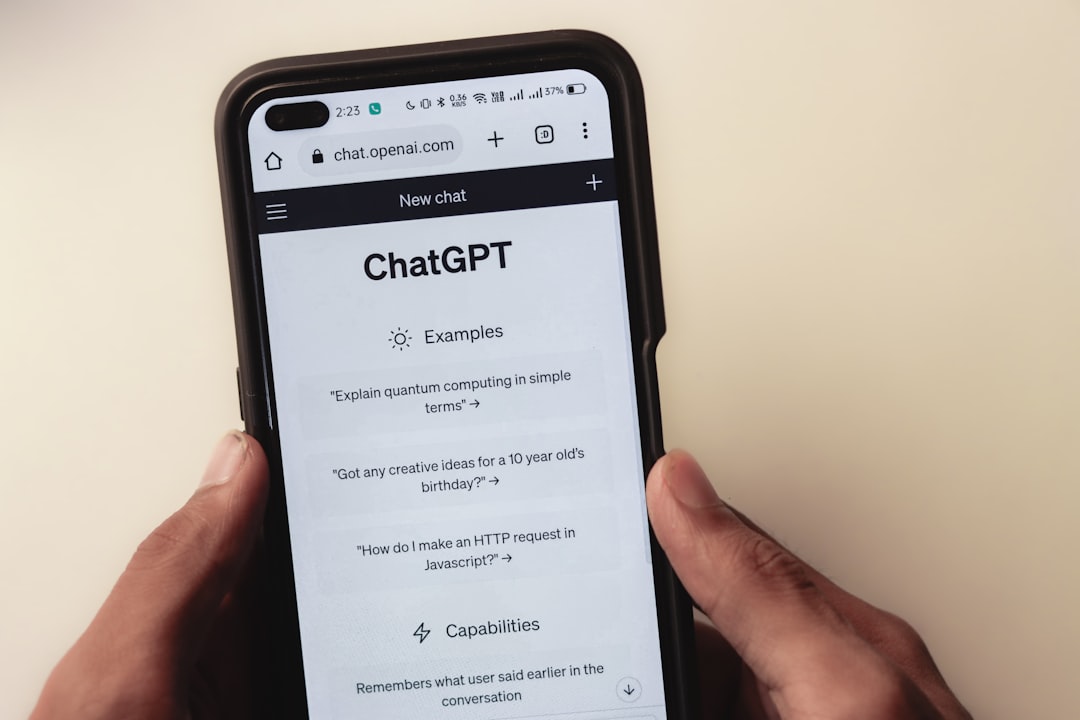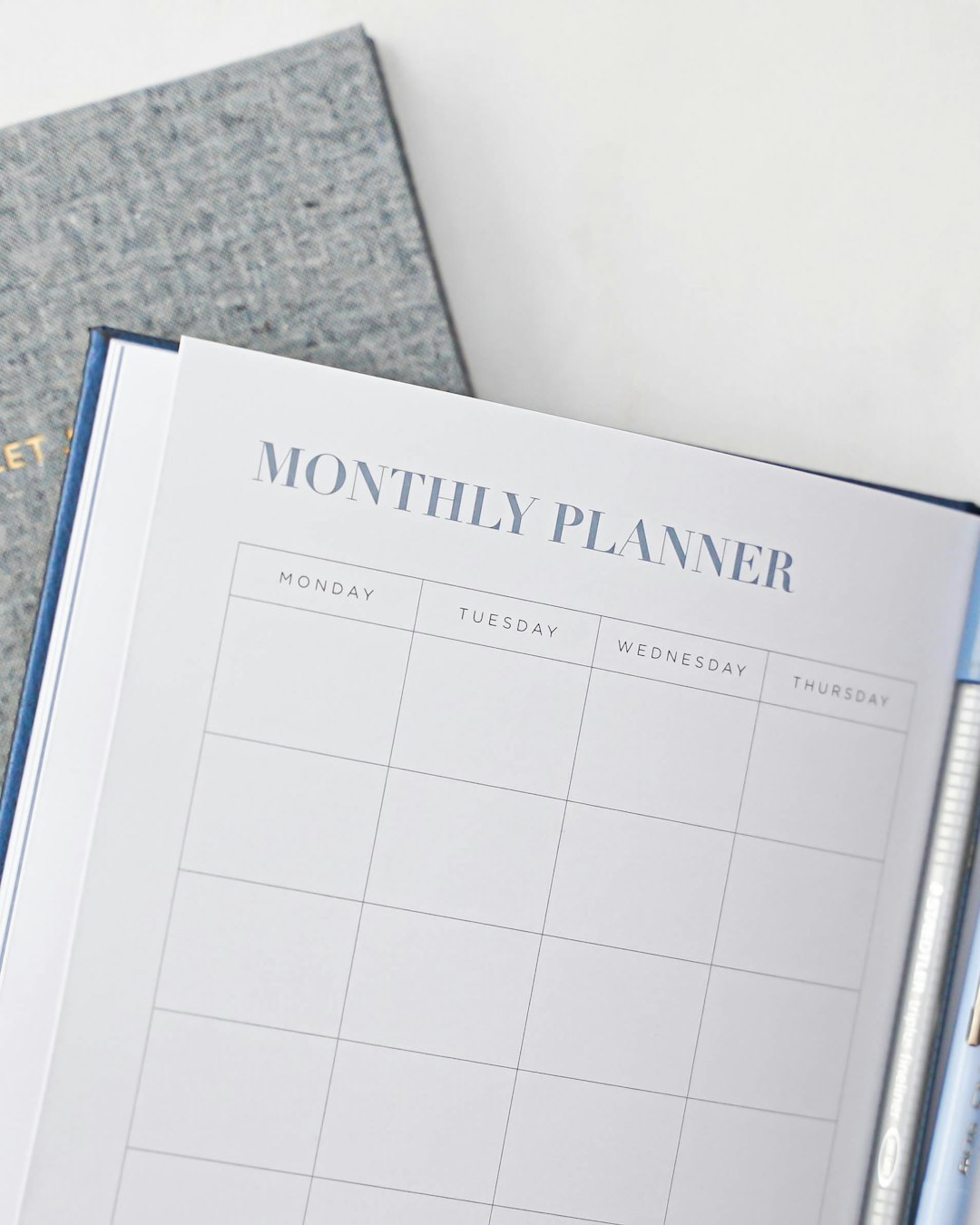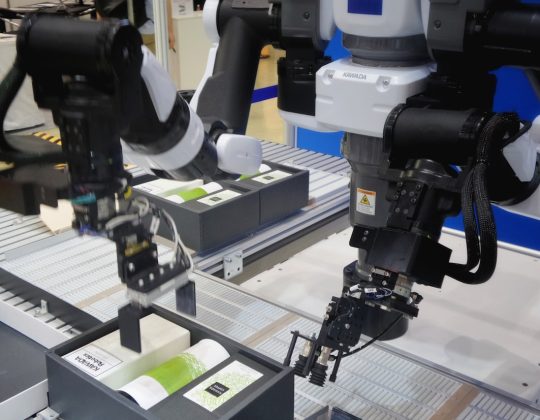In today’s fast-paced digital landscape, maintaining a strong presence on social media is essential for brands, influencers, and even small business owners. However, consistently creating engaging and original content can be incredibly time-consuming. This is where AI tools like ChatGPT come in. By leveraging ChatGPT for social media, individuals and businesses can automate content creation efficiently, allowing more time for engagement, analytics, and strategic planning.
Why Use ChatGPT for Social Media?
ChatGPT, developed by OpenAI, is a generative AI model capable of producing human-like text based on the prompts it receives. When used strategically, it can automate a wide variety of tasks related to social media content, including caption writing, idea generation, content planning, and more. Here are some of the key benefits:
- Time-saving: Eliminate the hours spent planning and writing social posts each week.
- Consistency: Maintain a regular posting schedule without burning out.
- Creativity Boost: Get over writer’s block with AI-generated suggestions and ideas.
- Cost-effective: Ideal for small teams or individuals who can’t afford to outsource content creation.
Types of Content You Can Automate with ChatGPT
ChatGPT can be used to generate various types of social media content, each tailored to different platforms such as Instagram, Twitter (X), Facebook, and LinkedIn. Some examples include:
- Promotional posts: Announce sales, events, or new product launches.
- Educational content: Share tips, industry insights, and how-to guides.
- Engagement posts: Polls, questions, or fun trivia to start conversations.
- Inspirational quotes: Motivational content that resonates with your audience.
- Behind-the-scenes updates: Give followers a peek into your brand or team culture.
By feeding a few details into the AI, ChatGPT can generate multiple variations of a post, saving time and keeping your content fresh.
How to Get Started with ChatGPT for Social Media Automation
Starting out with AI-generated content might seem daunting at first, but breaking it down into simple steps can make the process manageable:
- Define Your Content Strategy: Establish your goals — are you aiming for brand awareness, engagement, or conversions?
- Choose Your Platforms: Understand the format and tone of each platform before generating content.
- Create Prompt Templates: Design prompts you can reuse. For example, “Write a funny tweet promoting a 20% discount on skincare products.”
- Edit and Refine: Use the output as a base and tweak for your audience’s preferences.
- Automate Scheduling: Once content is ready, use tools like Buffer, Hootsuite, or Meta Business Suite to schedule posts.
This systematic approach helps blend AI efficiency with a human touch, resulting in impactful content.
Crafting the Perfect Prompts
The key to getting high-quality content from ChatGPT lies in crafting effective prompts. Think of a prompt as your instruction manual to the AI. The more specific you are, the better the result.
Here are a few pointers:
- Be Specific: Instead of saying “Write a post about healthy snacks,” try “Create an Instagram caption about healthy office snacks for busy professionals.”
- Indicate Tone & Audience: Clarify if you want it to sound casual, professional, humorous, or inspiring.
- Use Examples: Input sample content for the AI to mimic in style or format.
Experimenting with different prompts also helps you learn what works best for your content needs.

Real-World Examples of ChatGPT in Action
Let’s look at some sample outputs to illustrate how ChatGPT can meet a variety of content goals:
1. Instagram Caption for a Coffee Brand
Prompt: “Write a playful Instagram caption promoting a new seasonal pumpkin spice latte.”
ChatGPT Output: “Fall just called, and it wants you to try our Pumpkin Spice Latte 🍂☕ Your sweater weather soulmate is here. Limited time only!”
2. LinkedIn Post for Leadership Tips
Prompt: “Create a professional LinkedIn post sharing leadership advice for first-time managers.”
ChatGPT Output: “Becoming a manager is more than a title—it’s an opportunity to grow with your team. My top 3 tips for first-time leaders: 1) Listen actively, 2) Lead by example, 3) Keep learning. What advice would you share?”
3. Tweet Announcing a Product Launch
Prompt: “Compose a tweet announcing the launch of a new sustainable water bottle.”
ChatGPT Output: “Introducing the AquaPro X 🌱 100% sustainable, stylish, and leak-proof. Hydration just went eco. Coming this Friday! 💧 #EcoFriendly #ProductLaunch”
As you can see, ChatGPT adapts naturally to the style and tone of each platform.
Using ChatGPT for Content Calendars
Aside from writing individual posts, ChatGPT can help develop a full content calendar. You can ask it to generate:
- Weekly or monthly content plans based on themes
- Daily post ideas tailored to different platforms
- Hashtag suggestions and post timings for maximum engagement
Here’s an example prompt: “Create a weekly Instagram content calendar for a fitness coach, including themes and post ideas.” ChatGPT will likely return something like:
- Monday: Motivation Monday (Inspirational quote image)
- Tuesday: Tip Tuesday (Nutrition tip graphic)
- Wednesday: Workout Wednesday (Short training video)
- Thursday: Throwback Thursday (Old client transformation story)
- Friday: FAQ Friday (Answer fitness questions in Reels or Stories)
This kind of planning is invaluable for solo creators and marketers managing multiple campaigns.

Limitations and Considerations
While ChatGPT is a powerful assistant, it’s not a replacement for strategic thinking or human intuition. Here are a few limitations to keep in mind:
- Lack of Context: ChatGPT doesn’t inherently understand your brand’s history or audience unless you provide that context.
- Repetitiveness: Sometimes, it may generate similar phrases or generic content without strong prompts.
- Trends and Timing: The AI doesn’t track current trends in real-time, which may be important for reactive content.
To combat these, always review and enhance the AI’s suggestions with your unique brand voice and market insights.
Tips for Maximizing Effectiveness
Here are some best practices to optimize your workflow when using ChatGPT for social media:
- Batch-create content: Use the tool to write a week or month’s worth of posts in one sitting.
- Audit performance: Compare AI-generated content with traditional posts to see which performs better.
- Create a style guide: Feed in your brand voice guidelines to fine-tune ChatGPT’s outputs.
- Combine with visuals: Pair the text with high-quality graphics or videos for top-tier engagement.
Final Thoughts
ChatGPT offers a remarkable opportunity to streamline and enhance social media efforts. Whether you’re an entrepreneur wearing many hats or a digital marketer seeking efficiency, integrating AI into your content creation workflow can save time and elevate quality. That said, the human element remains crucial — AI augments creativity, but it doesn’t replace it.
By combining the power of automation with thoughtful strategy, you’ll be well on your way to maintaining a compelling and consistent social presence that captivates and converts.







